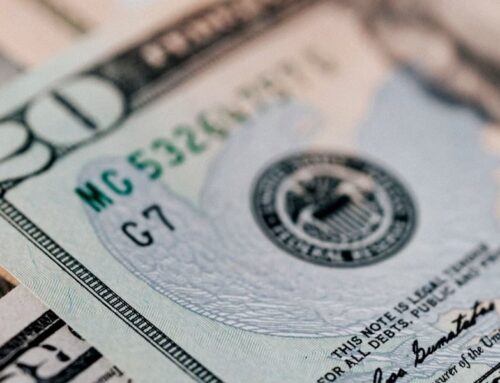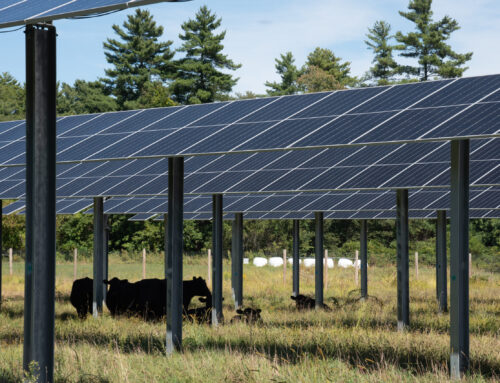Saving legal cannabis sales from spending slump supposedly caused by ‘high taxes’
October 7, 2025
There are lies, damn lies, and the House of Pinocchio more commonly known as the California Legislature.
The latest fib is the justification for passing Assembly Bill 564 that Gov. Gavin Newsom will likely sign into law faster than you can say “who was that unmasked man.”
It reverts the cannabis excise tax that went up to 19 percent on July 1 back to 15 percent for three years.
To be clear, the language is straight forward and above board.
And there is little doubt that cannabis is taxed more aggressively than other businesses because of the deal the devils made to get voters to approve Proposition 64.
You know the temptations they dangled. Boatloads of money to help youth and funds to fight drug addiction. Striking a major blow against the black market and reducing the accompanying crime.
The ballot measure made the retail sales of marijuana to those 21 and older regardless of medical condition starting in 2016.
As what is the lie?
The excise tax increase from 15 to 19 percent was a new tax, per se, that increased the cost of retail marijuana.
It was not.
The California Legislature in January 2023 dropped the cultivation tax after heavy lobbying from commercial growers that they were being squeezed by overhead, costly regulations, and taxes.
Sound familiar?
It’s the same song practically every retail sector in California sings.
Their songs, though, fall on deaf ears in Sacramento that can never haul in enough revenue to fund their addiction for social engineering beyond basic public needs.
The cannabis crowd is clearly the chosen darlings of those that have a death grip on California’s legislative process.
The legislature did not reduce taxes on cannabis when they cut the cannabis tax in 2023. They merely shifted it by adding language that required the inflation adjustments that were built into the cultivation tax were incorporated in the excise tax.
The July 1 increase to 19 percent reflects the language of the 2023 legislation that required the state to adjust the excise tax for inflation every two years in exchange for ditching the cultivation tax.
In doing so, the cultivation tax was no longer “baked” into the wholesale price cannabis retailers were paying.
And there was no language that required legal growers to reduce the wholesale price nor is there actually a way to monitor and enforce such a stipulation.
Ending the cultivation tax put more money back into the pockets of the growers.
Yet, the increase to 19 percent has constantly been characterized as a new tax. The reality is that it was a tax on one part of the legal cannabis pipeline that was shifted to another.
Californians have been told high taxes are forcing more people to turn to the black market for cheaper untested cannabis that supposedly means there will be a health crisis in the making.
What has been offered as proof positive that those scenarios will happen is the year-to-year decline of gross retail pot sales
It’s a nice contortion made that ignores the fact maybe the allure of cannabis consumption has lost its shine.
After all, alcohol and beer consumption has declined in recent years.
But you don’t see beer, wine, and booze producers and distributors as well as retailers getting Sacramento to lower taxes on their offerings.
And maybe, just maybe, people are cutting back on cannabis and alcohol consumption due to the squeeze that the price of various necessities are placing on their pocketbooks.
Or people could be purposely cutting back their consumption.
That said, there are a number of cannabis retailers that are doing just fine.
Parking lots are rarely empty.
And more aggressive concerns when it comes to pricing such as X1 in the former InShape location on 11th Street in Tracy, seem to always have lines.
People clearly are paying the price.
It might have to do with safety, both of the heavily tested cannabis and the point of sale.
It might have to do with the convenience.
It might have to do with the fact the bandwidth of styles, flavors and such “smokes” is massively larger than what is offered on the black market.
Or it might be the proliferation of do-it-yourselfers that grow their own as allowed under California law.
No one, unless they were stoned out of their mind, ever believed legal cannabis would bring black market marijuana to its knees except opportunist politicians eager for more tax dollars to spend or those who hoped to get rich off legal pot sales.
Then there is the question whether there are too many permits issued for legal cannabis stores based on market demand.
Had legal cannabis sales been opened to anyone that could secure a retail license to do so, the market likely would have been oversaturated with hundreds of closings.
There is a sense of smugness that local governments could correctly guess the number of cannabis stores a market would support and then placed an artificial limit on them in the name of public safety.
While the process was supposed to guard against having too many outlets for a variety of reasons, it may of — in some cases — created too much capacity.
It’s been almost a year since Manteca approved permits for three cannabis retailers yet only one has opened.
For whatever reason, there is no sense of urgency for the other two applicants to open.
It takes a lot of money to open a brick and mortar business.
Those spinning the yarn that high taxes are holding back legal marijuana sales from growing are pinning it on the fact taxes are too high.
Maybe it is something else at work.
Perhaps the cannabis market — in the framework of acceptable retail conditions that are in place and required to assure public safety and health as well as protect the environment — has matured.
It doesn’t mean it is still not profitable to have a retail cannabis outlet or commercial grows.
It’s just that there isn’t the market to expand the converting of acquaintance sales, “alley transactions” and such into the non-moonshine and non-prohibition world equivalent of marijuana.
As such, there are clearly too many stores to sustain the wildly speculative assumption that operating a cannabis storefront anywhere it might be placed will overflow the pocket of investors with money at rates of returns based on golden goose assumptions and not the realities of the market.
Search
RECENT PRESS RELEASES
Related Post


